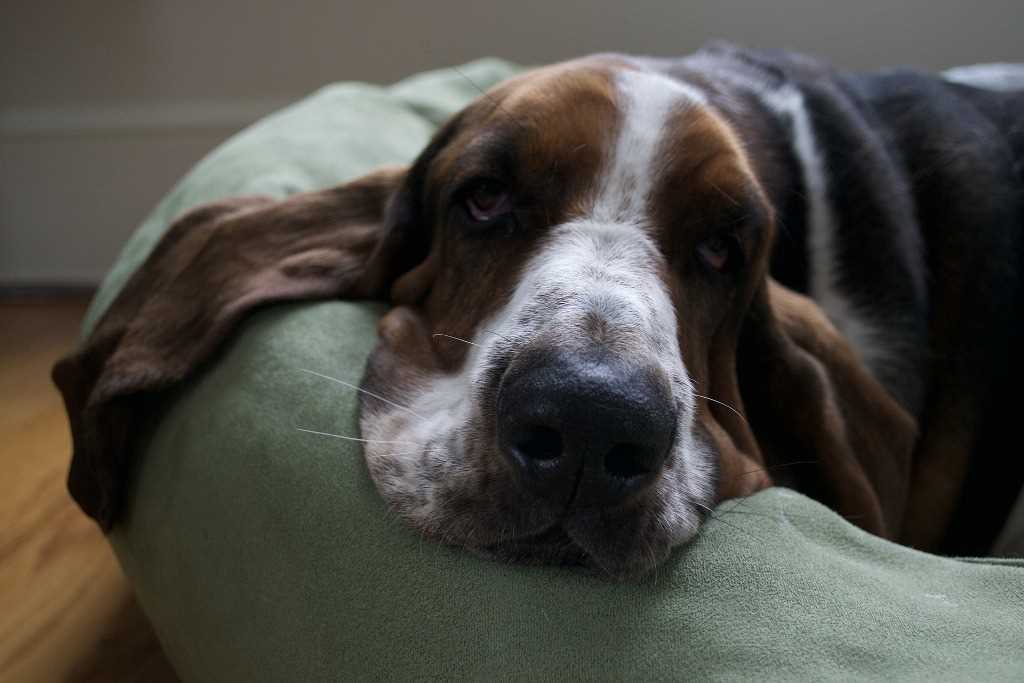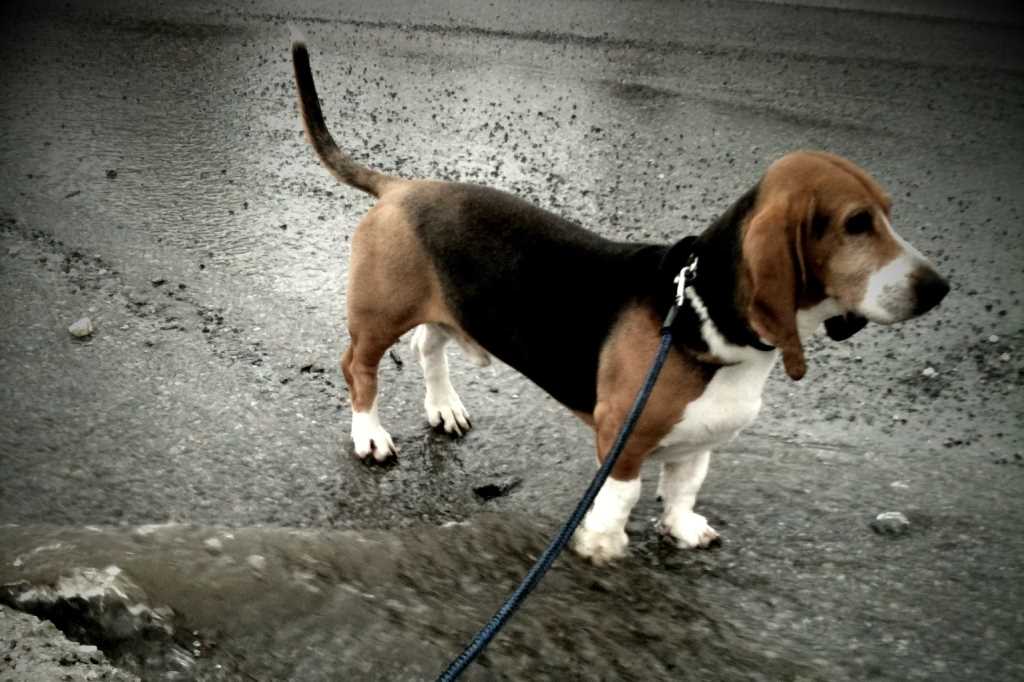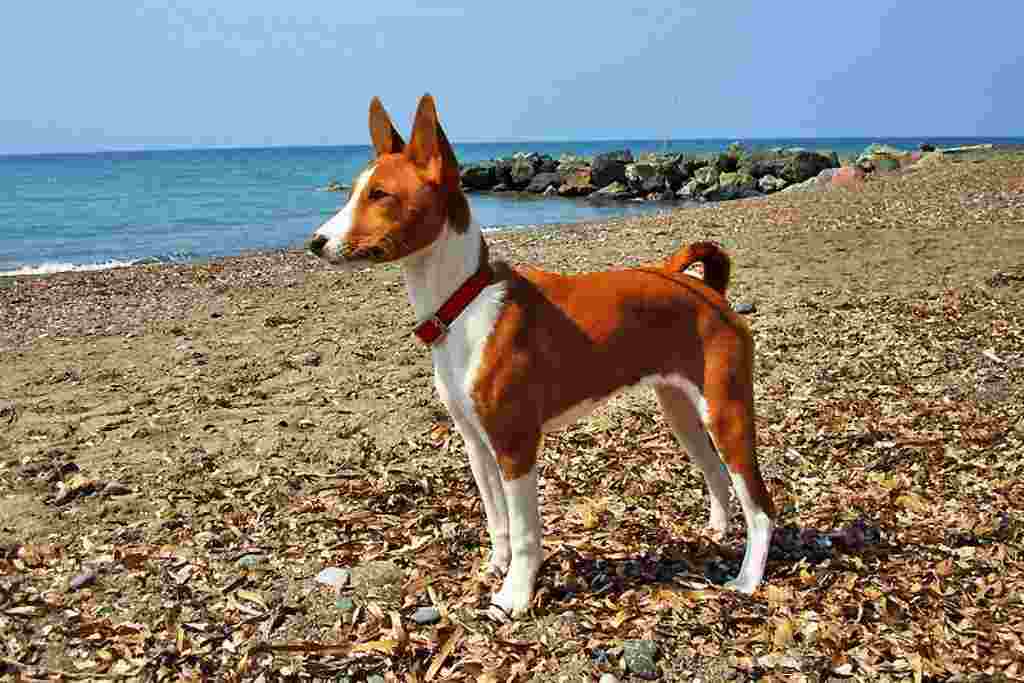The origin of the Basset Hound dog breed is quite controversial. It goes back as far as the 1500s, when the French had a breed of hounds with a strong body and short legs that they used for hunting rabbits. However, a large number of French hunting dogs with short, crooked legs and the Basset Hound we know today were bred in England in the 1800s, so its origins are undoubtedly to be found in Europe, between France and England.
Even the name is a mix between the two languages, in fact bass in French means bass while hound in English means hound. Basset hounds were selected both for their excellent nose and because hunters could keep up with the slow pace of these dogs. In addition to hunting rabbits and hares, they were sometimes also used to find the tracks of large wounded prey.
With the exception of height and leg shape, they are similar to the St. Hubert’s dog. And in particular from a selection of so-called bassets, dogs suffering from achondroplasia or dwarfism, such that they look like a normal-sized dog with short limbs. The bassets from which the basset hound derives are the basset d’Artois and the normand, which today are a single breed, namely the basset artesien normand.
The United States, however, also claims paternity of the breed, as there have been numerous breeders for a long time, and in the United States it very quickly became a family dog, surpassing its function as a hunting dog and is also much loved thanks to the “Fred the Dachshund” cartoons that made it known to practically everyone and also to the television commercials of a well-known brand of shoes.
Character of the Basset Hound dog breed
The Basset Hound is a very calm and patient dog. It is well suited to families and children, with whom it enjoys playing. It is an excellent companion dog, devoted to its owner even if it is not very expansive. It adapts well to the habits of the family and is an excellent companion for long walks, but also an excellent companion on the sofa, where it loves to laze around.
On the contrary, if left to do so, it is rather lazy and would tend to gain weight, therefore it is necessary, even if forced, to take it out for a long daily walk. As a hunting dog it is tireless. Since it has been selected for working in packs, it almost never quarrels with other dogs, not even with those of the same sex. Its peaceful nature also extends to cats and other animals.
Training for this breed is indispensable; it is a stubborn dog and thanks also to its perpetually sad expression it often manages to get what it wants. Its main character trait is stubbornness, so it is certainly useful to train it from puppyhood. The Basset Hound is not a dog to keep for the first time, as it is difficult to train. Overall, the Basset Hound requires special attention from its owner. From day one, it needs to receive discipline, training and education appropriate to the breed.
It is not a good watchdog. Although it may bark, it is always happy to greet strangers. It does not tolerate solitude, left alone it can easily become very noisy or destructive.
Appearance of the Basset Hound dog breed
The Basset Hound is a medium-sized dog with a height at the withers of 33 to 38 centimetres and a weight of 25 to 30 kilograms. It is morphologically classified as a Braccoid.
Its bones are heavier, in relation to its size, than those of any other breed, but its movements are loose and not clumsy at all. It is a well-balanced dog, with the muscles well distributed and balanced throughout the body. The limbs, although short, are powerful and well placed and of considerable substance and usually the skin of the lower limbs may have folds at the paws. The tail is long, usually ending in white, and is carried high to form a sabre.
The head is long and well-proportioned, the muzzle is long and fairly tapered, with the skin forming folds at the eyes and forehead. The truffle is black, the upper lips of the mouth largely covering the lower ones. The eyes are large and have an intense melancholic expression. The ears are very long, exceeding the size of the muzzle and are perhaps its main distinguishing feature.
The coat is smooth, short and dense, with no long hairs on the legs and tail. The most common colours are: tricolour, or red and white, black white and brown, but other colours are also allowed.
Health and care of the Basset Hound dog breed
The health of the Basset Hound is quite good, but unfortunately it has been over-intensively bred in recent decades. Its short, curved legs, which can barely support its massive, overly long body, are part of the breed standard. In addition, the ears often drag on the ground. This results in a high susceptibility to diseases of the eyes, ears, skin and back. It may also suffer from stomach torsion, and hip dysplasia. But despite these diseases, which are quite rare, this breed is generally considered to be very healthy and hardy compared to many others.
It has an average life expectancy of about 12 years.
Obesity is also a common problem in the breed, so a correct and controlled diet combined with daily exercise should be a priority.
As far as coat care is concerned, this is very simple, just brushing a couple of times a week and a bath if necessary.


